Then vs Now: Significant historic buildings built Toowoomba society
Do you know how the buildings you see everyday have shaped the city you live in? Find out the stories behind Toowoomba’s historic buildings.
Community News
Don't miss out on the headlines from Community News. Followed categories will be added to My News.
With the settlement of Europeans from the 1840s in the district now known as Toowoomba, significant buildings have created places of social gathering, commercial growth, cultural diversity, community opinion and crucial decision making.
Despite the region continuing to grow and change around us, The Chronicle has looked back on some iconic buildings that have stood the test of time, and delved into their original purpose and what they are used for now.
Vacy Hall

Originally built on Russell Street in 1873 as a wedding gift, Vacy Hall has seen many things during its time, including a horrendous blaze that destroyed the site.
Commissioned by Toowoomba squatter and politician James Taylor as a wedding present for his daughter and son-in-law Gilbert Gostwyck Cory, Vacy Hall was built by father-son duo, James and Harry Marks.
Destroyed by fire in 1898, the damaged structure was replaced by the current masonry building in 1899.
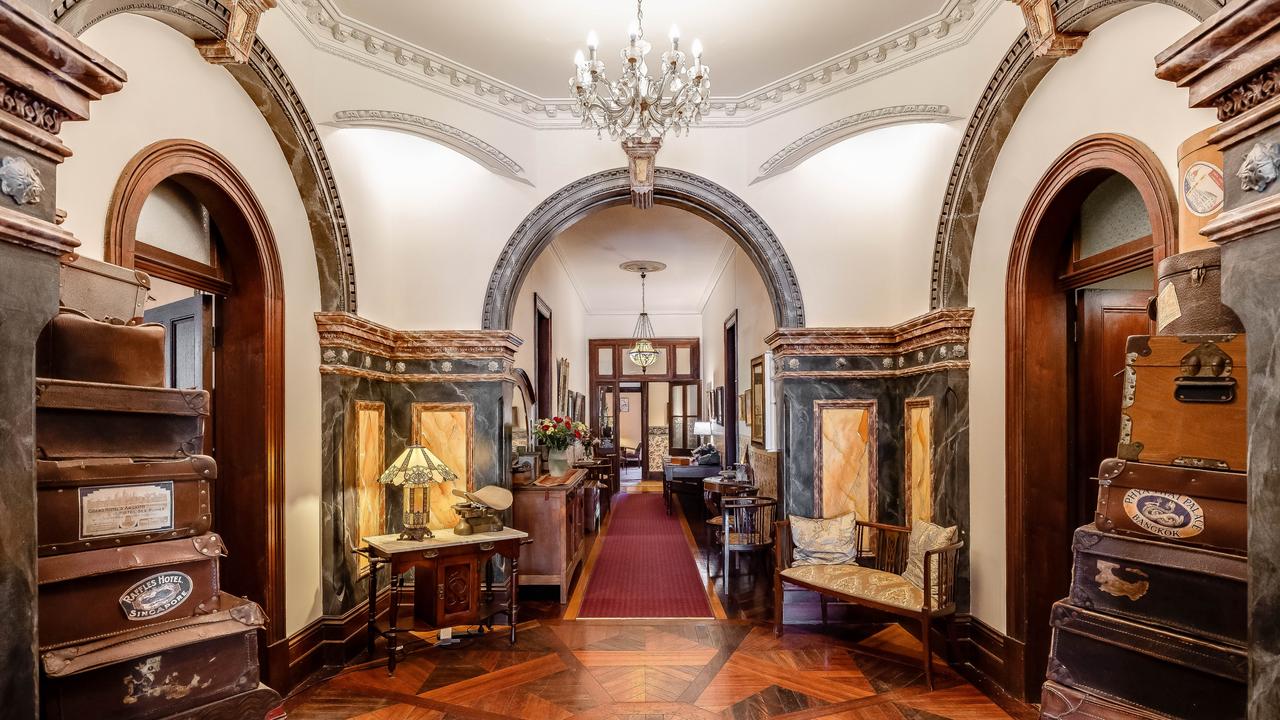
The structure is now regarded as a prime example of principal characteristics in sustainable architecture.
Today, Vacy Hall is one of Australia’s grand historic boutique hotels, playing host to stunning weddings, romantic getaways and lifestyle escapes.
The 12-bedroom hotel is set on a heritage-listed acre property and is a prominent location in Toowoomba – highlighting both its past and future.
Strand Cinema
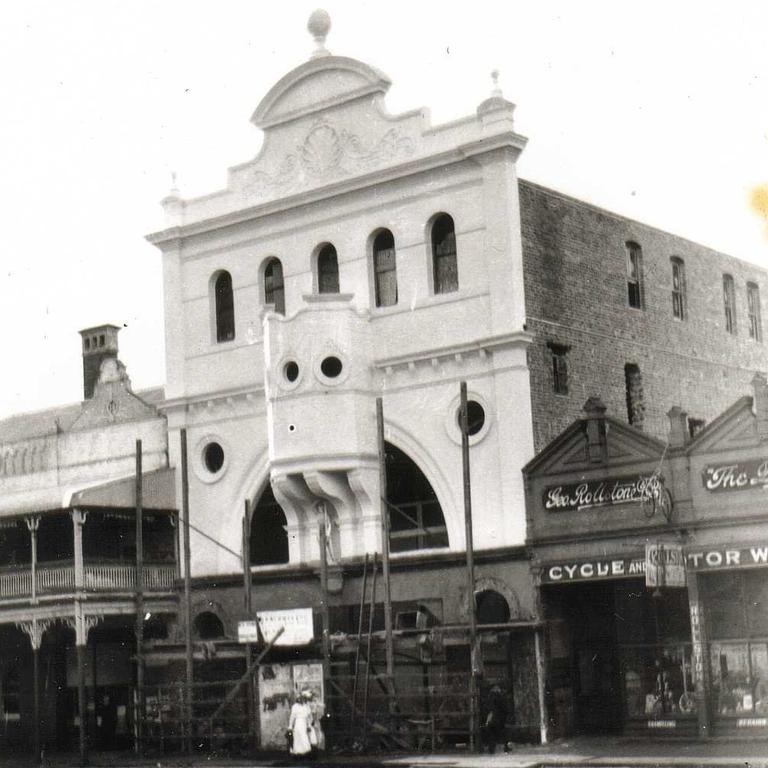
The Strand Theatre, also known as The Strand and The Strand Cinema, opened to the Darling Downs public on April 15, 1916, and through its 106 year history, has seen life and death within its walls.
Designed by Brisbane architect George Henry Male Addison, the Strand Theatre was built for adjoining Crown Hotel owner James Patrick Newman.
The third floor of the theatre was used as accommodation for the Crown Hotel via a connecting staircase, and its unique design has been linked to other iconic theatres across the nation.

An iconic symbol on Margaret Street, the Strand Theatre still airs films and welcomes in patrons, however has undergone change since its opening in 1916, with the Crown Hotel no longer operational beside it.
With popular architecture, art deco and rumours of secret rooms, secret codewords and ghost tales, The Strand has contributed to the Garden City we know today.
Toowoomba Old Post Office
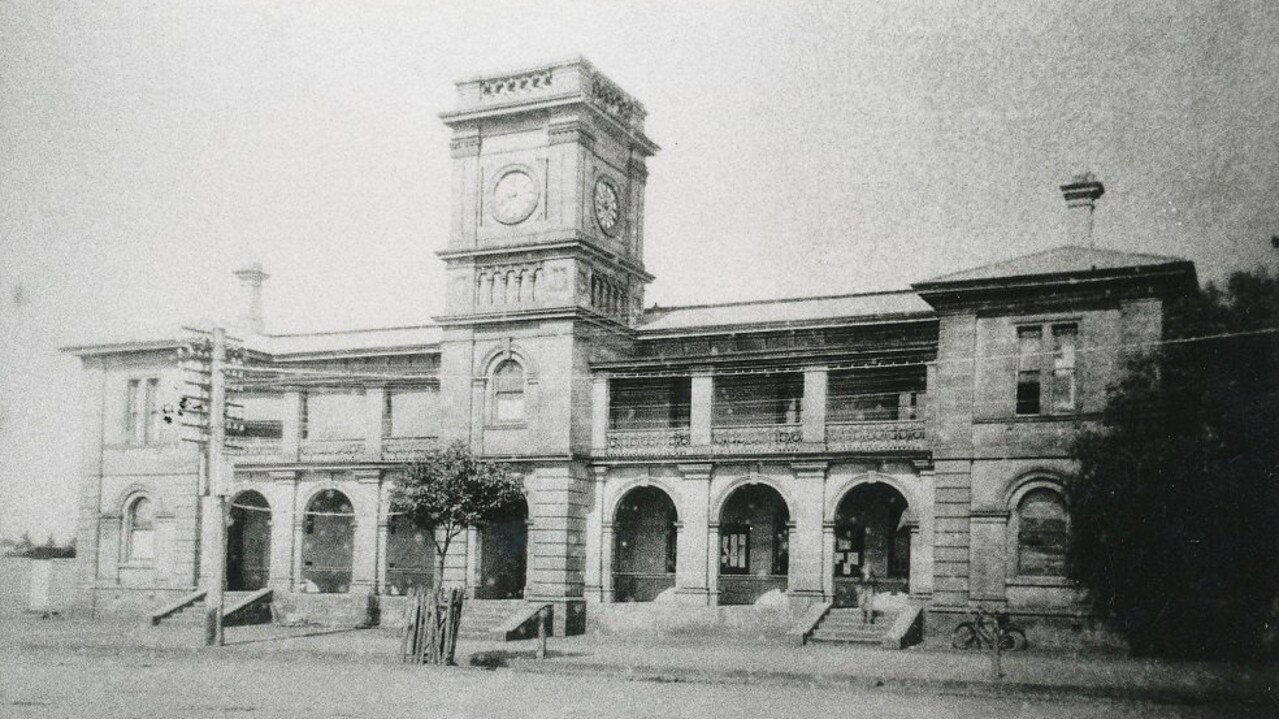
Queensland heritage-listed, the Toowoomba Old Post Office on Margaret Street was designed by Francis Drummond Greville Stanley in 1877 and built by John Gargett in 1878 to 1908.
Built in the Classic Revival Style, the Old Post Office building originally comprised of a two story front section with single storeyed rear wings to the back. The ground floor housed the post office and quarters for the Postmaster on the western side, with the telegraph office and quarters for the telegraph officer were on the eastern side.
Since its original construction, the building has undergone restoration and renovations, with bathrooms added to living quarters in 1896, and a new mail room in 1899.

The building was part of a Government building precinct, with the Toowoomba Court House and Police Station nearby.
The change of telecommunications saw Australia Post cease operations out of the building in 1999, and the site is now used as a cafe and offices.
Empire Theatre
Constructed in 1911, Toowoomba’s Empire Theatre is the go-to location for travelling performances, including music, dance, film, and plays.
The 1911 structure, designed by George Lane, was a large masonry picture theatre built for EJ Carroll, later on of the principals of Birch, Carroll & Coyle, and seated 2200 people.
In 1933, the Empire Theatre was destroyed by fire, with a new art deco-inspired design almost immediately drawn up to rebuild.
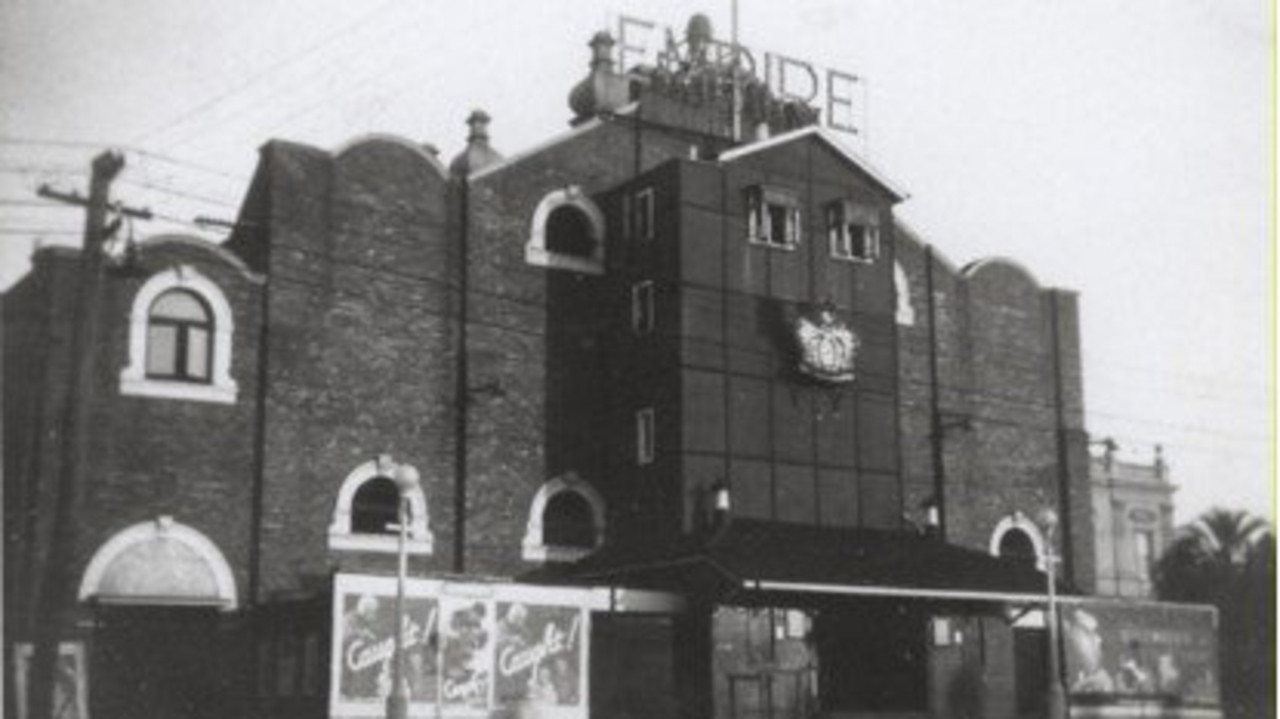
Designed by TR Hall & LB Phillips, the new Empire Theatre would seat 2500 patrons and feature sections of the 1911 brick work that has survived the blaze.
The outbreak of World War II saw the theatre close for periods of time, and after changing hands and the removal of style elements in fear of potential air raids, the Theatre was restored to its 1933 styling and reopened in 1997.
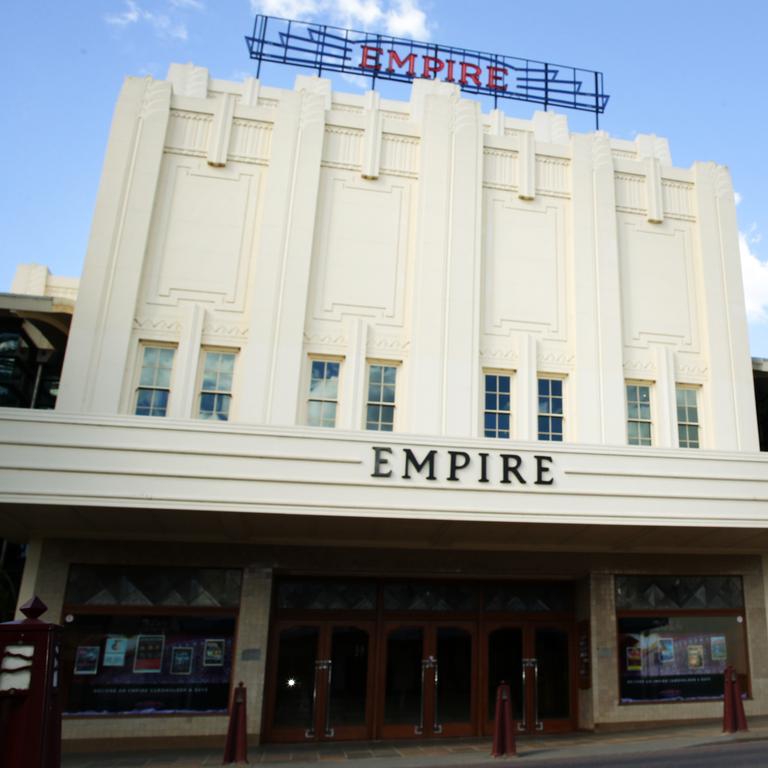
Still a popular entertainment hub within the Darling Downs, The Empire Theatre precinct now has the Empire Theatre Studio, Empire Church Theatre, the Armitage Centre and prominent Encores Restaurant.
Pigott’s Building

As Toowoomba continued to grow and historic buildings that we know of today were constructed, one in particular has been a topic of discussion in recent years.
The Pigott’s Building was designed by legendary architect James Marks and built as the principal store of the Pigott & Co department store chain in 1910.

The Ruthven Street store has expanded over the years and held numerous owners, names and purposes.
By the 1950s, it was the largest retail store in the Garden City, and recently, was the home of Super A-Mart, until the store shifted to Kearneys Spring.
Now the historic building sits empty, with the site recently sold for $6.6m and expected to see an uplift in coming years as a potential space of short-term accommodation.
Former Bank of New South Wales

Originally the Bank of New South Wales, the historical building on the corner of Ruthven and Margaret Streets was constructed of Helidon sandstone in 1940-41 during a nationwide Bank of New South Wales, according to the Toowoomba Regional Council.
The building was constructed in a Victorian Free Classic Revival style, which gives its mature design.
The building was to replace Toowoomba’s first bank which was a timber house from 1860 located just south of the new bank.
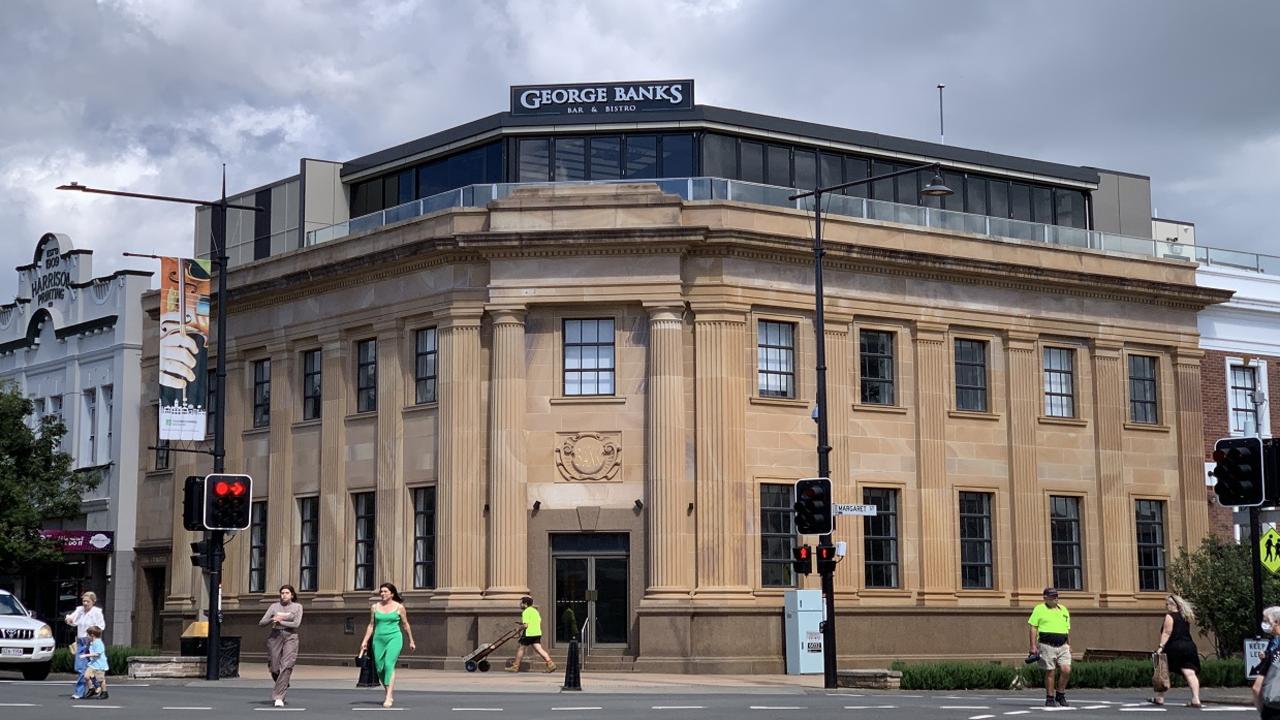
When the Bank of New South Wales was transformed into Westpac, the building took on a new persona. In the years to come, Westpac would leave the historic building behind.
In 2018 however, George Banks Bar and Bistro would open on the roof of the old bank, and additional businesses and offices would take up space within the structure.
Old Toowoomba Court House

Built between 1876 and 1878, the Toowoomba Court House was designed and constructed by the same men who orchestrated Toowoomba’s Old post Office, Francis Drummond Greville Stanley and John Gargett.
The site was to replace the former courthouse, now named DeMolay House, further down Margaret Street.
The new facility followed in the Classical Revival style popular at the time – a similar design to the Old Post Office located beside it.
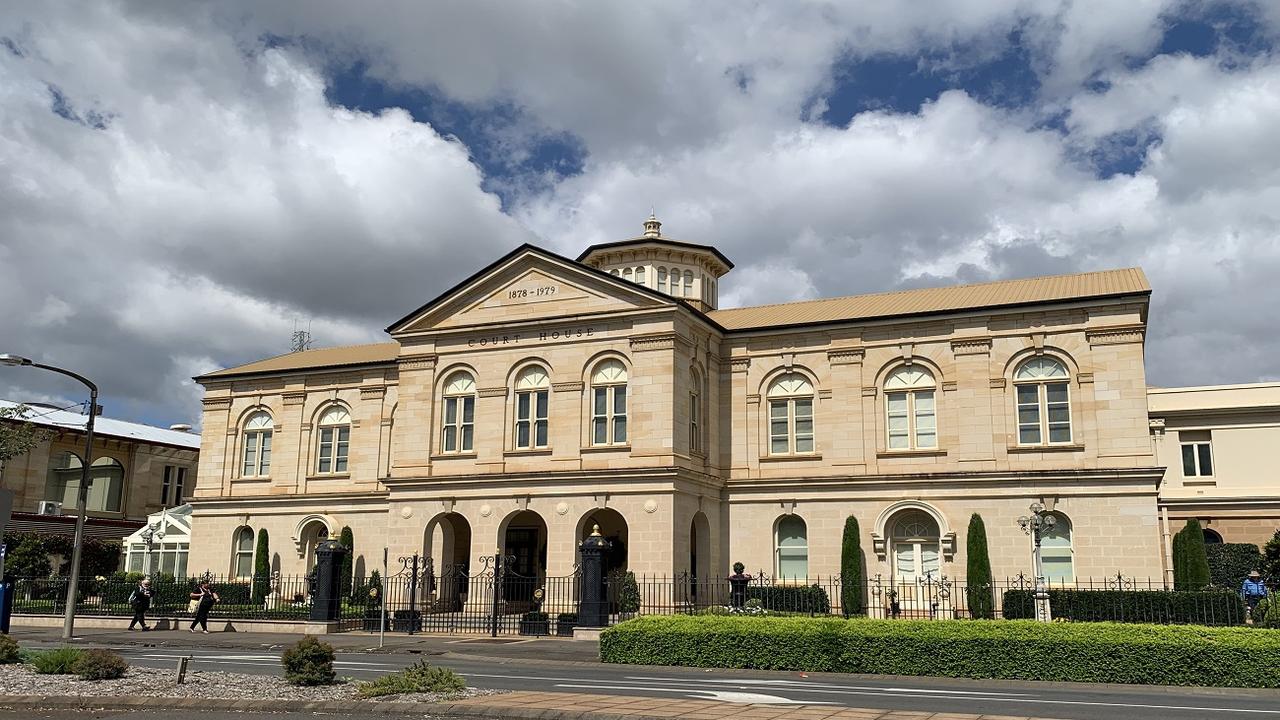
The courthouse was in use until may 1979 when the court system was relocated to a new premises on Hume Street.
The building was occupied by various departments including the Queensland Police and Department of Sport and Tourism, however in 2000, the courthouse was sold for use as a private residence.
Baillie Henderson Hospital
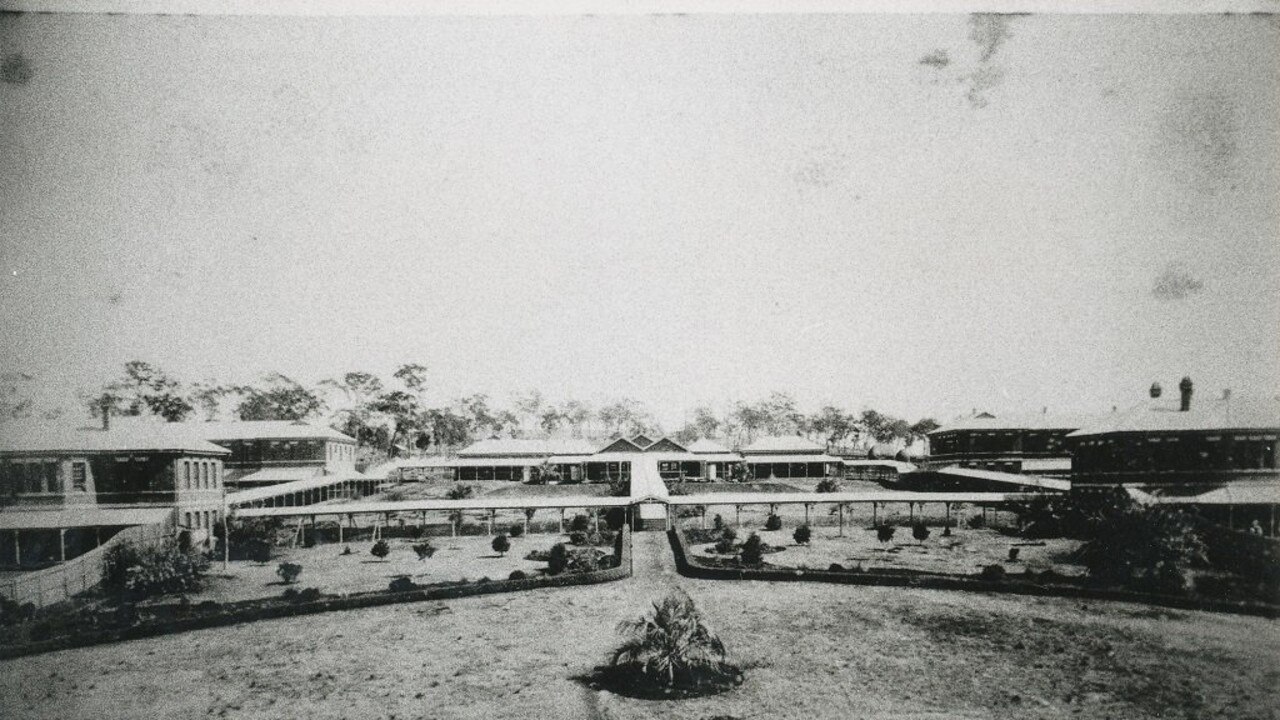
Established as a ‘lunatic asylum’ in 1890, Baillie Henderson Hospital in Toowoomba’s north has provided psychiatric care for hundreds of patients at a time and is considered the most intact nineteenth century asylum in Queensland.
According to the Queensland Government’s Heritage Register, in 1891 the Toowoomba Lunatic Asylum, as it was known as then, comprised of a male (Jofre House) and female (Ray House) convalescent ward, a general female (Pinel House) ward and a group of buildings which included the administration building, kitchen, bathrooms, washhouse and store and the medical superintendent’s residence.

Since its opening, buildings have been developed and demolished, and now has a strong focus on rehabilitation, and offers mental health and support services.
The hospital complex sits on 330 acres of land and has over 40 buildings.
Toowoomba City Hall
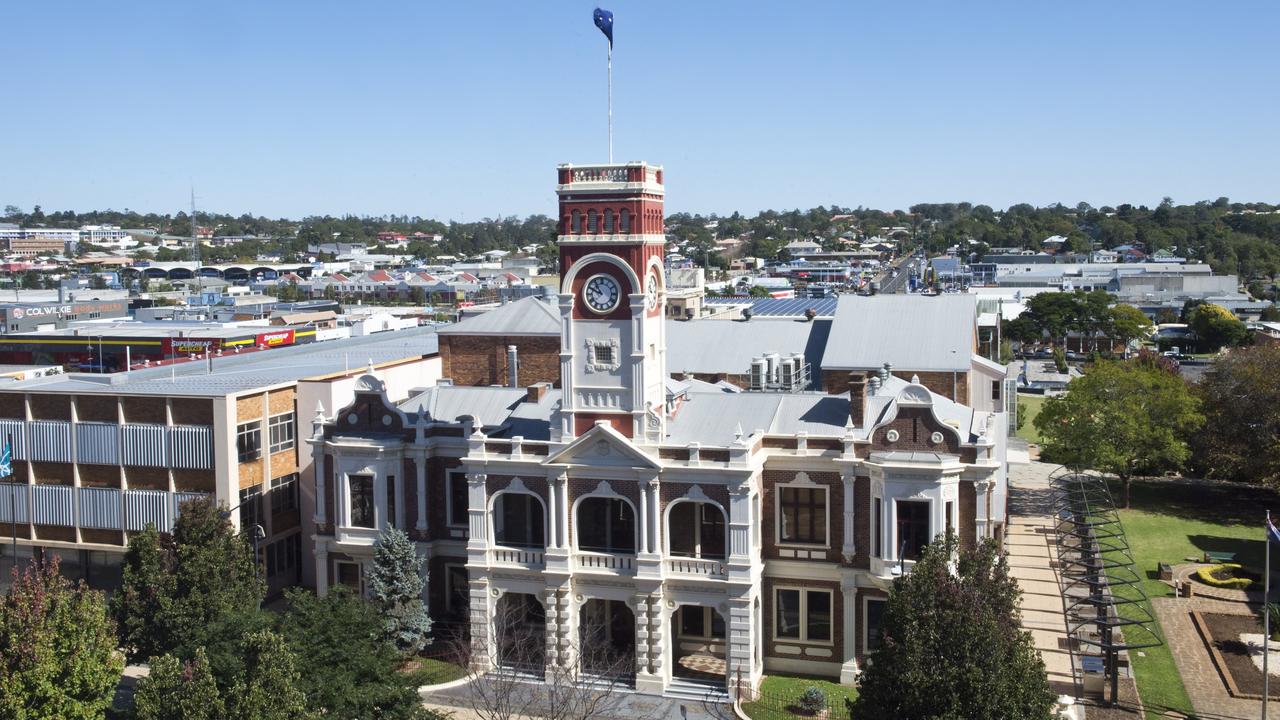
Toowoomba’s third city hall was built in 1900 on the site of the former School of Arts on Ruthven Street.
Designed by Willoughby Powell, the original structure had municipal officers, council chambers, rooms for a school of arts, a technical college and public hall.
The plan to build a city hall that was centrally located between the commercial activities focused on Russell Street near the Railway Station and government activities of Margaret Street meant the city’s council had to find suitable land.

A proposal for the hall to be built on the site of the School of Arts was initially rejected, as it meant having to find a new spot for the school.
However, after a devastating fire on the site in 1898, the proposal for the new town hall was again raised and motion approved.
The building underwent refurbishment in 1996 and council meetings are still being held on site.
Downs Club Toowoomba

Established in 1889, the Downs Club is reportedly one of Toowoomba’s most prestigious gentlemen’s clubs, offering members an oasis in “well appointed and elegant surroundings”.
The club on 15 Mylne Street was state heritage-listed in 2020 and constructed in 1900 by iconic Toowoomba architect James Marks and son Harry Marks.
It was modelled on the principle of other 19th century British gentlemen’s clubs with the sense of prestige, exclusivity and privacy.
An original stable from 1900 and a detached Steward’s Room from 1909 is reportedly still on site.
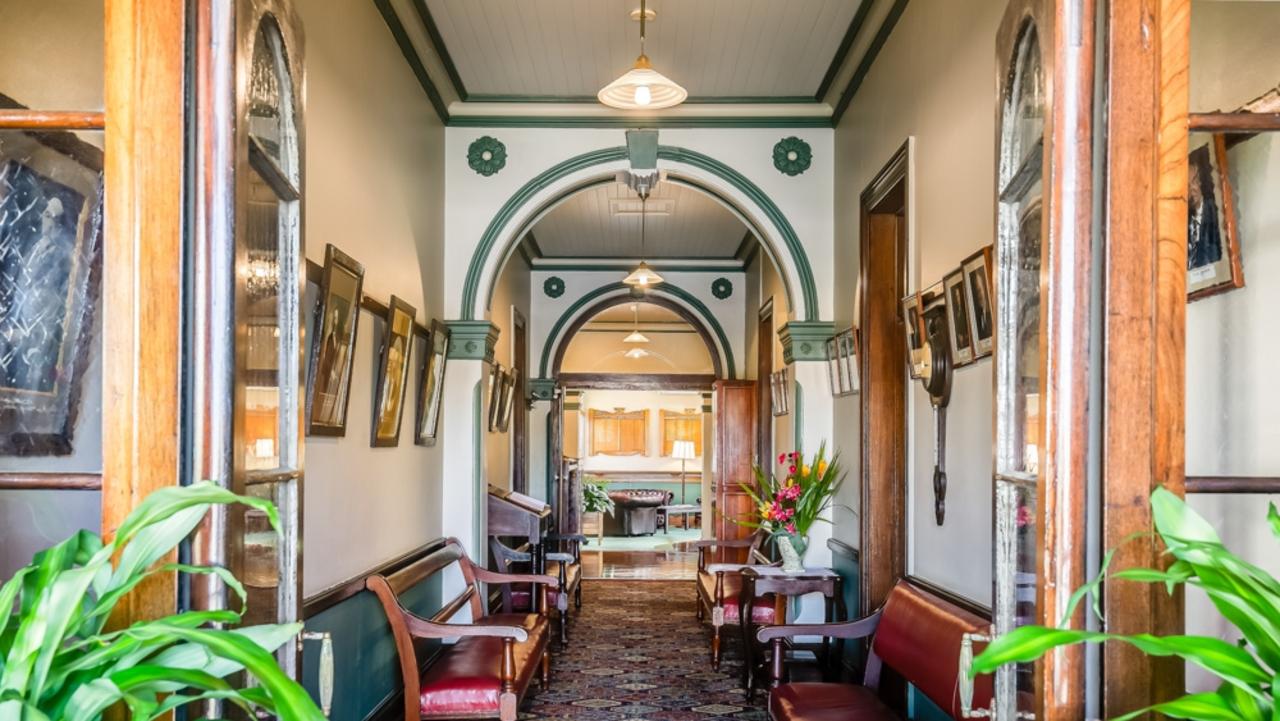
In 1909, a large fire broke out at the rear of the clubhouse which destroyed the timber auxiliary building, however thanks to strong winds, assisted in keeping the flames from entering the main building.
Fully restored with modern technology while retaining a sense of elegance from the earlier era, the exclusive social club now offers venue hire of any of its seven unique rooms.
The building is a clear demonstration of iconic Victorian-era design and historic gentlemen’s clubs.
Toowoomba Police Station Complex
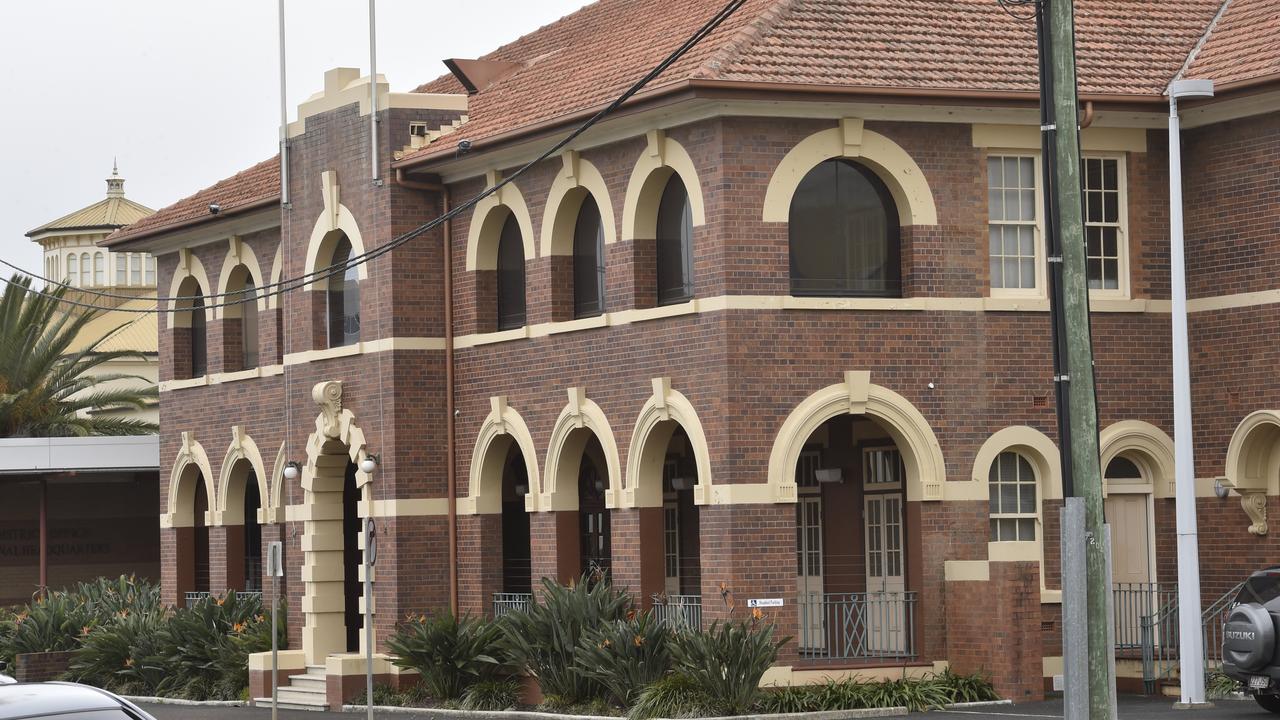
Designed by Raymond Clare Nowland and built in 1935, the Toowoomba Police Station Complex consists of four brick buildings, the police station, garage, a watch house and watch house keeper’s residence.
In 1881, a two-storyed U-shaped police station, incorporating barracks, lockup and lockup keeper’s quarters was constructed in Neil Street, with two stable buildings, paddocks, a separate lockup keeper’s quarters and inspectors resident added to the site. However, in 1935 the buildings were demolished with the exception of the 1915 Senior Sergeants quarters which were used as the police station during the construction of the new buildings.

The complex is located on a large block between Neil and Hume Streets, near the Toowoomba Post Office, Court House and Empire Theatre.
A modern Police Station was constructed and accessible on the Hume Street side of the complex, with the buildings still used in various aspects today.








